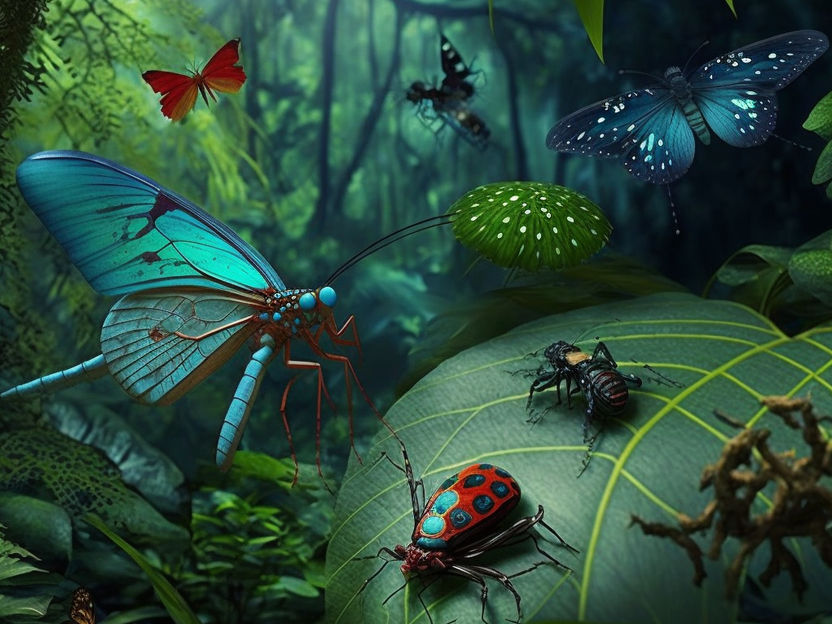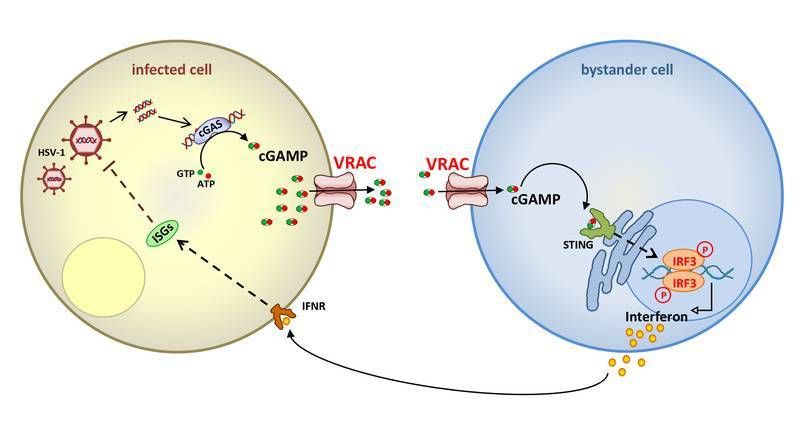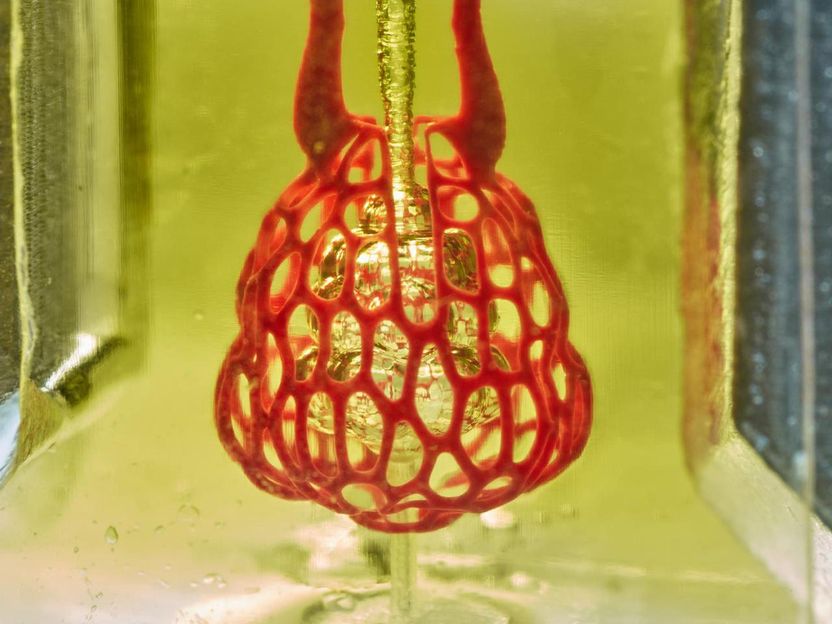Universal multigene marker may revolutionize biodiversity research
Genetic fingerprints of species in the age of genomics
An international team led by scientists from the Museum Koenig in Bonn (Leibniz Institute for the Analysis of biodiversity Change) has for the first time successfully tested a universal set of genes for the systematic characterization of different animal species. Many of the methods used to date for the molecular recording of biodiversity are still often flawed because they only use one genetic marker, which often does not correctly reflect species and genetic patterns at the genomic level.

Symbolic image
Computer-generated image
Other analyses based on genomic data are not suitable for comprehensive biodiversity research because they are not universal enough and often not very sustainable because they are based on data that cannot be combined with the results of other studies.
The tested gene set, more precisely called "metazoan-level universal single-copy orthologs" (metazoan USCOs), comprises several hundred nuclear genes and can be used for all multicellular animals. The method clearly overshadows DNA barcoding which is the approach currently conventionally used for species identification and widely used in ecological monitoring. So far, USCOs have been used to check the completeness and quality of genome sequencing. The working group led by Dirk Ahrens, beetle researcher and collection curator at Museum Koenig, has now successfully used this method for the first time to separate cryptic species that were indistinguishable with conventional DNA barcodes. The method was tested on spiders, centipedes, frogs, beetles, flies, small parasitic wasps, and butterflies. These new USCO marker can be obtained both by targeted sequencing and by extraction from genome data that has already been published and is available in databases. This makes this new approach so sustainable and successful.
Although currently more expensive than conventional genetic barcoding, the authors propose Metazoa USCOs primarily as the additional method of choice for the more complicated cases. And there are quite a few of them, especially since science is still not even close to agreeing on how many species now inhabit the earth, because estimates vary between 2 million and 2 billion species!
Original publication
Other news from the department science

Get the life science industry in your inbox
By submitting this form you agree that LUMITOS AG will send you the newsletter(s) selected above by email. Your data will not be passed on to third parties. Your data will be stored and processed in accordance with our data protection regulations. LUMITOS may contact you by email for the purpose of advertising or market and opinion surveys. You can revoke your consent at any time without giving reasons to LUMITOS AG, Ernst-Augustin-Str. 2, 12489 Berlin, Germany or by e-mail at revoke@lumitos.com with effect for the future. In addition, each email contains a link to unsubscribe from the corresponding newsletter.
More news from our other portals
Last viewed contents

Microbiologists improve taste of beer

Catalyst to make renewable paints, coatings, and diapers discovered - Groundbreaking discovery will enable the manufacturing of biorenewable materials from trees and corn: A Startup wants to make it possible
Zealand Pharma and Helsinn announce the advance of elsiglutide into Phase II for the prevention of chemotherapy-induced diarrhea in cancer patients - First patients dosed in Phase IIa study of novel GLP-2 peptide agonist

Alzheimer’s: modulation of cell membrane influences formation of amyloid-β - Adding long-chain fatty acids can thicken cell membranes and alter the activity of a key enzyme
Bayer and X-Chem Expand Drug Discovery Collaboration to Discover Novel Medicines
Agilent Technologies Opens Global Manufacturing Facility for Life Sciences Instruments

New targeting opportunities discovered against canine distemper virus - Structure of the canine distemper virus "docking protein" determined and depicted it at molecular level for the first time - and this can also help with measles

Ion channel VRAC enhances immune response against viruses - New strategies against DNA viruses and cancer
Novartis study showed ACZ885 provided substantial symptom relief in 84% of patients with the most serious form of childhood arthritis - Second pivotal Phase III trial ongoing; worldwide regulatory submissions planned for 2012

Organ bioprinting gets a breath of fresh air - Bioengineers clear major hurdle on path to 3D printing replacement organs
Eiger BioPharmaceuticals Acquires Exclusive License to Novel Hepatitis C Virus (HCV) Technology From Stanford University






















































